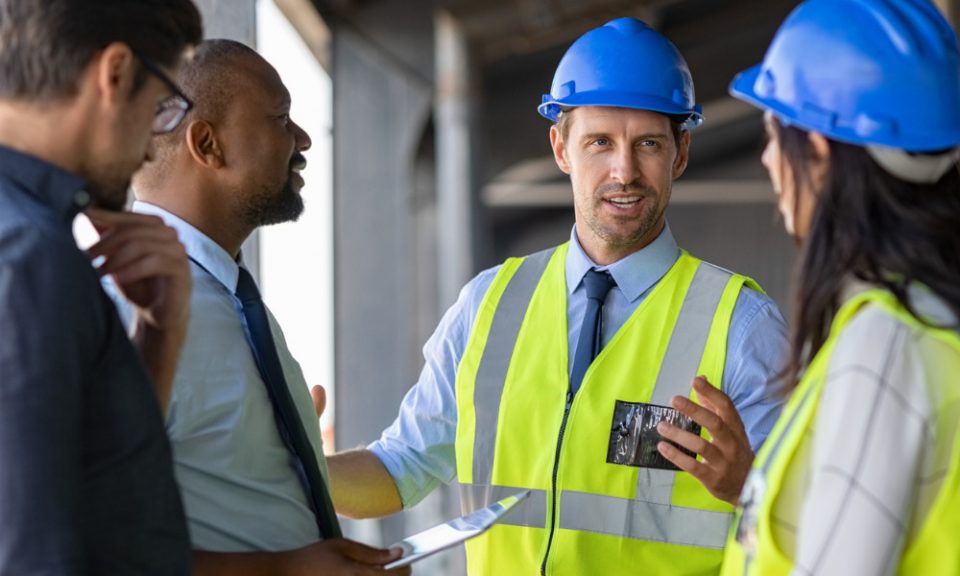Valuing safety and making it a priority on-site is something we can all do a better job at. Demonstrating safety is about how we act on the job – it’s how we appear on the job; it is being a leader and encourager; be polite some folks just don’t know its not safe. “Please, don’t do that! It’s not safe. Wear your mask!”. If workers do witness an activity that is not safe, it is not their right, it’s their duty to say something and try to stop it.
Instilling safety means also humanizing it, when there is an accident, someone (someone’s son, daughter, mother or father) was injured. There are no skipping steps when it comes to safety. I consider it imperative both internally and externally to play a leading role in imparting safety knowledge to our contractors/installers. Regardless of where we are in the world, no matter what activity we are doing, we all need to practice proper safety every day, in every activity, and on every job site.
A hierarchy of safety controls
It’s difficult with a “standard” to cover everything when it comes to safety. There are many variables when work crews go from one job to the next, the next job might have an entirely different set of circumstances. A “standard” is a guide and getting the crew to understand that they must create safety based on that “standard” or “guideline “is significant. One suggestion that we teach to crews is to remember the Hierarchy of Safety Controls* when it comes to any activity in question.
Start with a walk-through and do a safety inspection to identify any potential hazards. Which hazards can be eliminated / removed outright? Which hazards must be substituted / replaced with a safer way of working around them? Be aware of others on site, even though they may not be part of your crew, safety is still safety. Use engineering controls such as isolation and ventilation to reduce their exposure. Use administrative controls such as warning signs at all entrances to the spray area to raise awareness. Do not work alone – work in two (or more) person crews. Wear proper Personal Protective Equipment (PPE) to protect yourself against exposure. The ultimate item to remember is STOP and call your supervisor if something is not safe or not clear on how to do safely.
At companies such as Huntsman Building Solutions, our technical service field team assists customers through trainings and jobsite support. This approach demonstrates a manufacturer’s participation in a collaborative and educational safety process with the spray foam contractor. It’s important not dictate or provide actual safety programs but share suggestions and guidelines to consider as customers build and maintain their own safety program. In the end, it’s not about managing or providing another customer’s safety program, it’s about better communication to eliminate possible exposures to people who are not trained or set up with personal protective equipment and good safety practices. When safety standards are understood and embraced throughout the entire building process, from crew to end user, all customer expectations are better managed with regards to safety.


